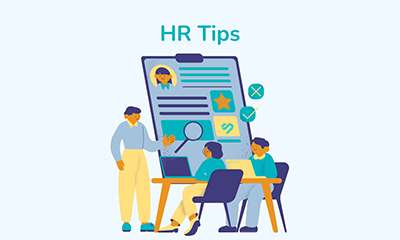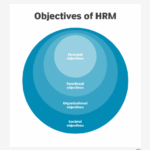HR portals are internet-based application platforms designed to streamline communication and interaction between the human resources (HR) department and relevant stakeholders—namely employees, managers, and job applicants.
There are two principal types of HR portals:
-
Internal HR Portals (eHRM Portals)
These systems are integrated components of electronic human resource management (eHRM), offering a unified, browser-based interface through which managers and employees can access HR information, self-service applications, and internal services. According to Schäffer-Külz (2005), these portals enable:-
Managers to view employee data, conduct performance appraisals, manage training, and plan costs.
-
Employees to handle routine tasks such as updating personnel data, managing leave, recording time, and enrolling in training.
-
Delivery of digital training resources, often via computer-based training (CBT) systems.
-
Formation of virtual employee communities through chat, forums, and lifestyle content.
These portals are typically role-based and personalized, adapting functionality, layout, and access levels to the user’s position within the organization. Increasingly, they are embedded within broader enterprise resource planning (ERP) or corporate portal solutions.
-
-
External HR Portals (HR Service Platforms)
These refer to the websites of HR content and service providers offering online tools, consulting, or software to company HR departments. Depending on the business model, services may be free or subscription-based, and such portals fall into two categories:-
General HR Portals: Offer a wide array of HR content and tools across multiple functions—some act as aggregators bundling third-party services.
-
Specialized HR Portals: Focus on a single HR function such as recruitment (e.g., online job boards or online job fairs), or application service providing (ASP) for HR software solutions.
-
Regardless of type, HR portals serve as a centralized “gateway” to the company’s HR operations, enhancing efficiency, transparency, and employee engagement.
« Back to Glossary Index





![15 Employee Offboarding Templates That Save Hours of HR Time [Free Downloads] 15 Employee Offboarding Templates That Save Hours of HR Time [Free Downloads]](https://i1.wp.com/www.hrcloud.com/hubfs/Header.png?w=150&resize=150,100&ssl=1)
